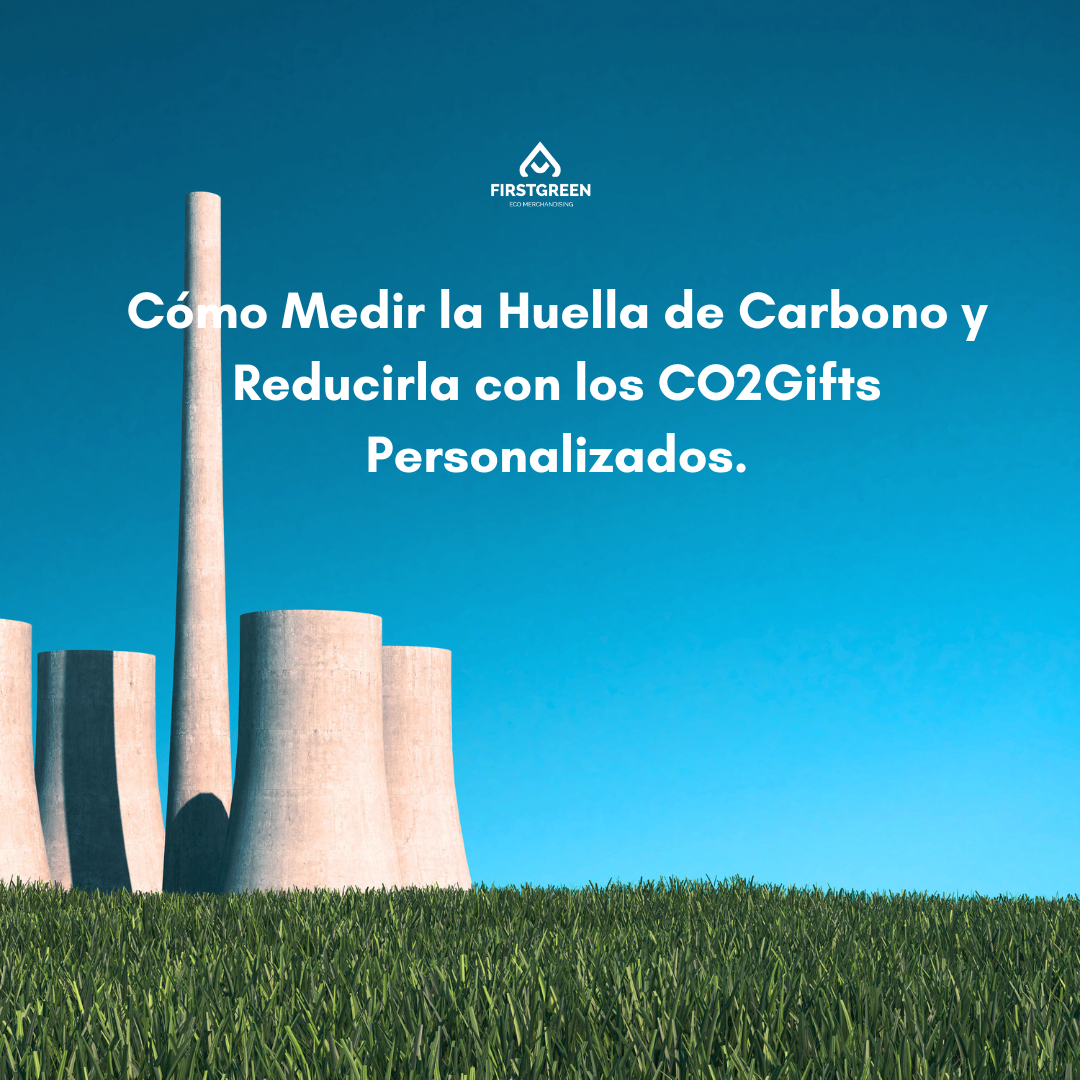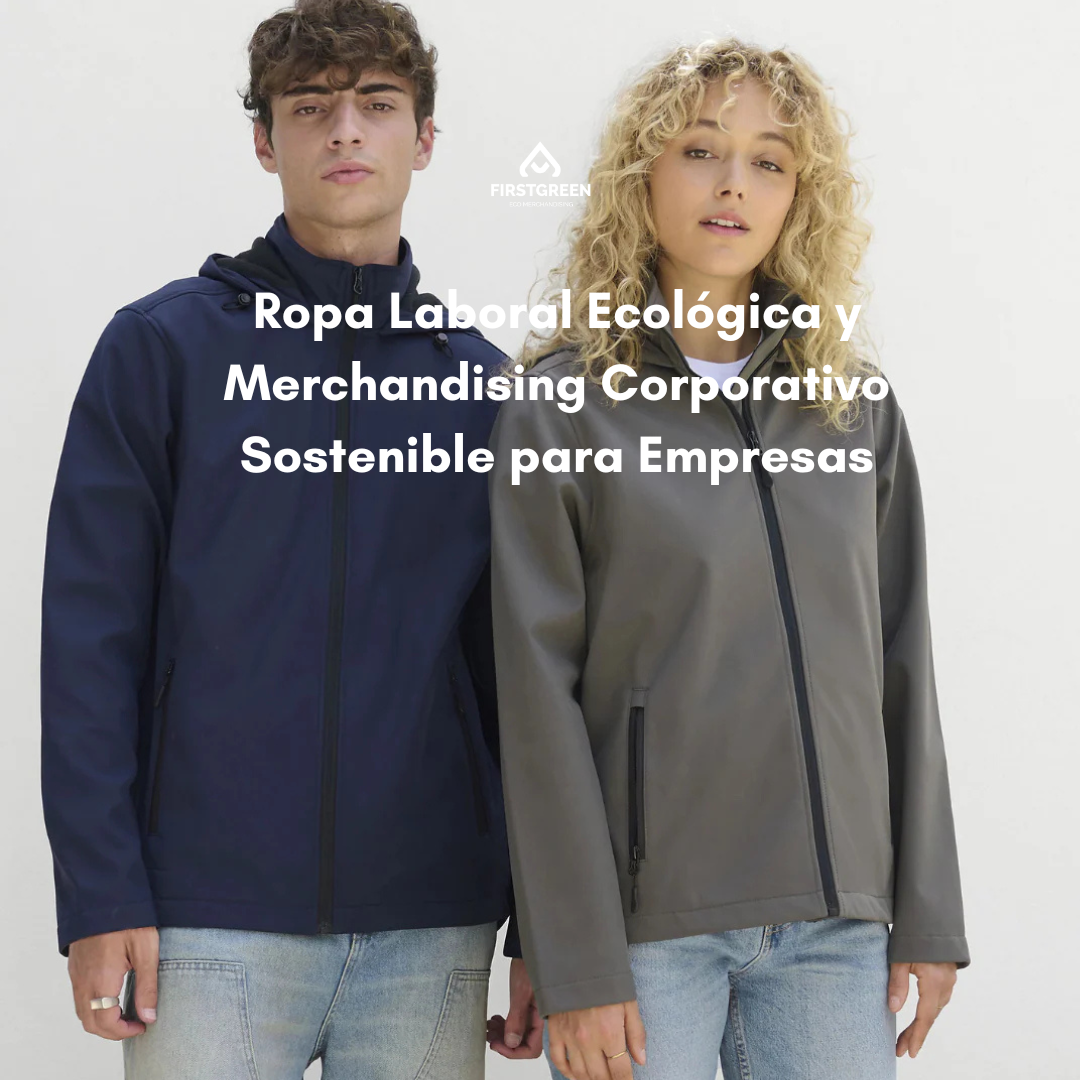In many conversations we find ourselves talking about the importance of reducing the carbon footprint of our actions, activities and consumption, but do you really know what we are talking about? Do you know if there is a minimum and maximum indication to consider the carbon footprint of a product as high? I have asked myself this question and I will tell you what I researched to clarify “how to measure the carbon footprint and reduce it with eco-merchandising.”
As I already told you in my article “ Eco-friendly Merchandising and Carbon Footprint ” the carbon footprint is a fundamental measure to calculate the environmental impact of the products we usually consume. However, establishing a universal measure that determines whether the carbon footprint is high or low is not easy and there are no universal standards that clearly define these limits. As we will see later, the carbon footprint can be calculated by comparing specific contexts, and as Firstgreen is an online store for quality eco-friendly merchandising, we will move on to comparing the specific context of some traditional corporate gifts versus eco-friendly promotional products.
Understanding the Carbon Footprint
The carbon footprint is a measure of environmental impact used to measure the total amount of greenhouse gas (GHG) emissions, measured in carbon dioxide equivalent (kg CO2-eq), emitted directly or indirectly by a product. The carbon footprint calculation takes into account emissions produced from the extraction phase of raw materials, manufacturing, distribution, use and final disposal of their useful life.
Is there a Universal Minimum Value for a Non-Harmful Carbon Footprint?
There is no universally accepted value that defines a carbon footprint as “not harmful” to the environment, since any emission of greenhouse gases contributes to global warming, so in theory a completely harmless carbon footprint would be zero, but that is practically impossible to achieve. However, there are ways to evaluate the carbon footprint in specific contexts that allow us to better manage carbon and its environmental impact:
1.- Comparisons between similar products and contexts: The carbon footprint evaluates the product's life cycle in specific contexts, such as comparing similar products or evaluating their impact within a particular sector. For example, in a comparison between different foods, beef has a carbon footprint of approximately 27 kg CO2 per kg compared to vegetables' carbon emissions of less than 2 kg CO2 per kg.
The benefits of sustainable merchandising on the carbon footprint can be seen in the use of environmentally friendly products such as the CO2 Gifts with ecological personalization that appear in our catalog.
Eco-Friendly Bamboo and Wheat Straw Ballpoint Pen with Blue Ink for Personalizing Special Training and Qualification GREEN_Label A.
2.- Standardization and Certifications: There are certifications such as PAS 2050 and ISO 14067 that provide methodologies to calculate and reduce the carbon footprint. The GREEN_Label rating is a scale on the carbon footprint that has taken these methodologies into account for a more detailed rating on the sustainability of ecological promotional items with an eco badge that their catalogs show.
Sustainable Luxury Hardcover Notebook Made of FSC® Certified Wood with Metallic Edges for Customization and Plain Treeline Pages - A5 and GREEN_Label A rating.
3.- Reduction of Environmental Impact: The reduction of impact is measured in relative terms, so any effort to significantly reduce the carbon footprint compared to conventional practices is considered very positive, and in this, corporate responsibility takes on a very important role, by increasingly choosing sustainability both in the production phases, through the use of eco-friendly materials as raw materials for their products, and by choosing green advertising provided by ecological merchandising.
In addition, sustainability and recycling certifications are the green label that distinguishes them, an aware tracer that validates the use of organic, biodegradable and recycled materials, many of them committed to sustainability through donations of 2% on sales of products sold, to Water.org, products with ecological customization collected in our impact collection.
Eco-Friendly 15.6" Recycled Polyester Customizable Laptop Backpack With AWARE™ Tracer and Contribution to NGO Armond GREEN_Label B rating
Traditional Merchandising vs. Eco-Friendly Merchandising
Traditional merchandising, which includes products such as t-shirts, mugs and pens, involves processes that generate a significant carbon footprint. However, eco-merchandising emphasizes the use of sustainable materials and more environmentally friendly production processes. Let's compare the two types of merchandising:
Carbon Footprint in Traditional Merchandising
- Conventional cotton T-shirts; They generate between 2.1 and 2.5 kg per unit.
- Single-use plastic bags: They generate between 0.5 and 1.0 kg of CO2 per bag. (between 250 and 500 kg of CO2 compared to the 500 times that the single-use bag can be reused)
Carbon Footprint in Eco-Friendly Merchandising
- Organic cotton t-shirts; They emit approximately 1kg CO2 per unit, a 50% reduction.
- Reusable PET bags: The initial carbon footprint of reusable bags is higher than single-use bags. However, the key to these bags is reuse and reduction of polluting material. They generate between 1.5 to 3.0 kg of CO2 per bag and an approximate use of 500 single-use bags.
Impact of Sustainable Merchandising on the Ecological Footprint
Reducing the carbon footprint also measures other aspects of the life cycle of products and their environmental impact. Adopting sustainable practices, using recyclable materials and promoting a circular economy are equally important.
In conclusion, although there is no universally accepted minimum value for a non-harmful footprint, sustainability will be closer the greater the reduction in CO2 emissions. Opting for eco-friendly merchandising and adopting more sustainable practices can help reduce our environmental impact.






